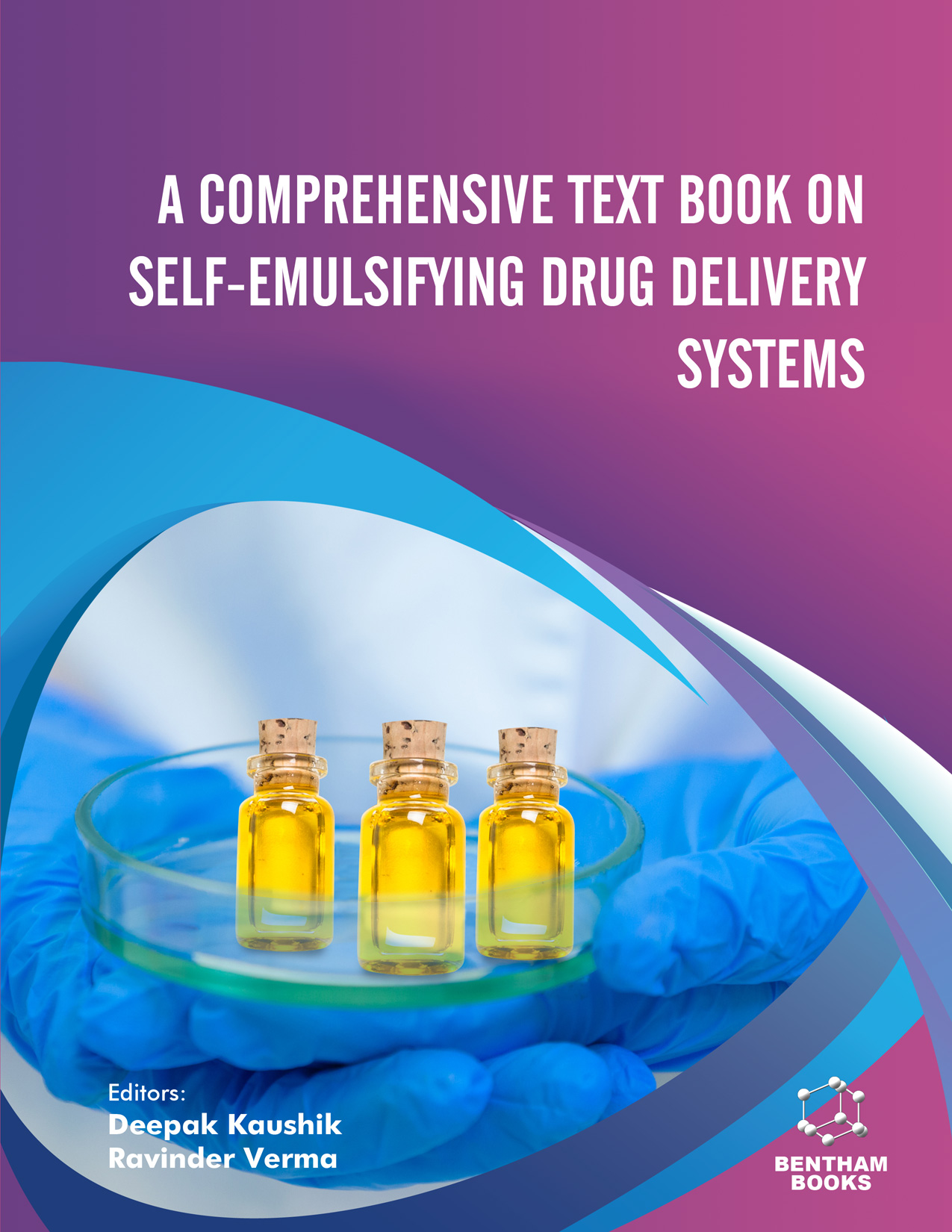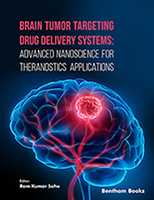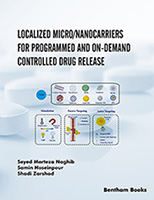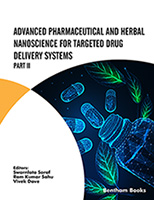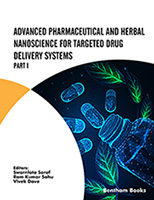Introduction
This text book is a guide for pharmaceutical academics (students and teachers) as well as industry professionals learning about drug delivery and formulation. Chapters presents comprehensive information about self-emulsifying formulations by providing an in-depth understanding of the basic concepts and formulation mechanisms. This information is supplemented by details about current research and development in this field. Readers will learn about the types of self-emulsifying drug delivery systems, evaluation parameters and digestion models, among other topics.
Key Features:
- 9 chapters organized in a reader-friendly layout
- complete guide on self-emulsifying drug delivery formulations, including lipid based systems, SMEDOs, surfactants, and oral dosage forms
- includes basic concepts and current developments in research and industrial applications
- presents information on conventional and herbal formulations
- references for further reading

